
Join 10k+ people to get notified about new posts, news and tips.
Do not worry we don't spam!
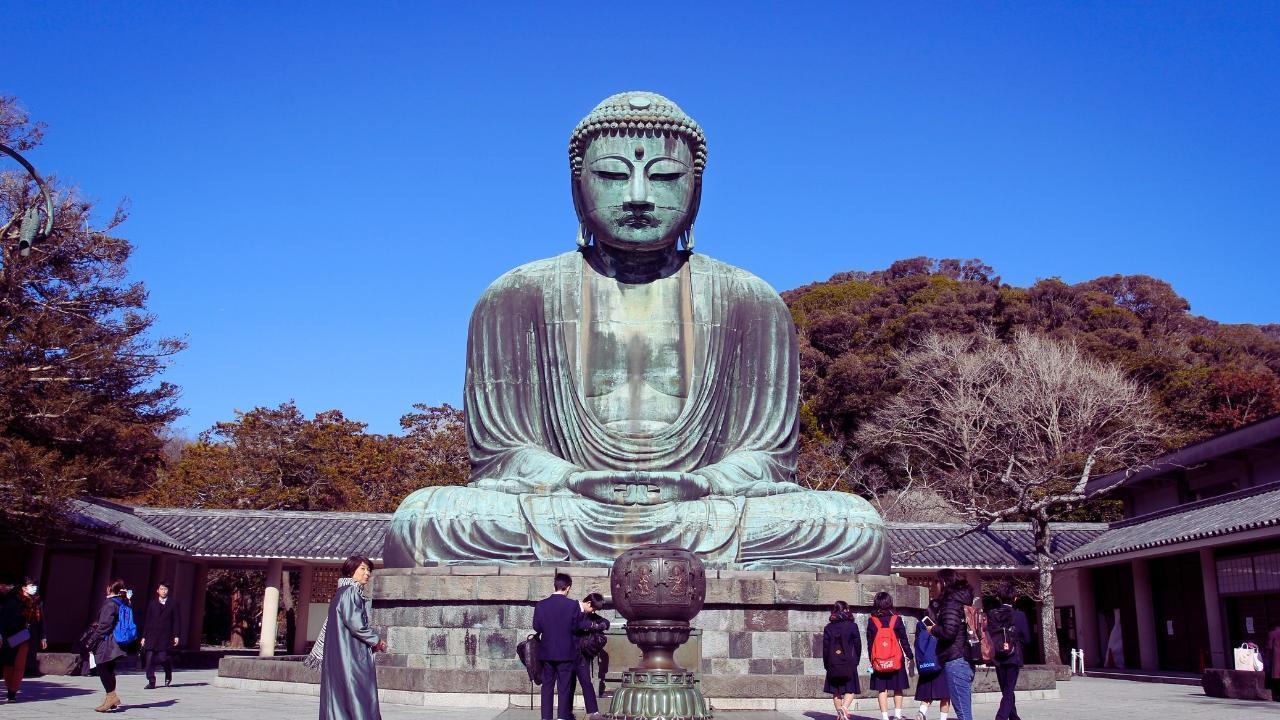
Post by : Anis Farhan
Across Southeast Asia, faith has always shaped landscapes, identities, and movement. From ancient Hindu-Buddhist kingdoms to the spread of Islam and Christianity through trade and colonization, the region is a tapestry of religions — each leaving behind sacred architecture, rituals, and festivals that now attract millions of travelers each year. In recent years, religious tourism has emerged not just as a spiritual journey, but as a vital sector of cultural tourism.
For many, visiting temples, mosques, churches, and sacred mountains is more than sightseeing — it's an exploration of devotion, art, history, and cultural memory. The fusion of faith and travel is reshaping itineraries, economies, and even diplomacy in the ASEAN bloc.
Southeast Asia hosts some of the world’s most significant religious sites, blending indigenous beliefs with imported traditions. Cambodia’s Angkor Wat, a vast 12th-century Hindu-Buddhist temple complex, remains the world’s largest religious monument and a global pilgrimage site for Buddhists. Indonesia’s Borobudur, a UNESCO-listed Mahayana Buddhist temple, draws thousands annually for Vesak Day ceremonies.
In Malaysia, the Batu Caves near Kuala Lumpur, with their towering Murugan statue and limestone shrines, are central to Hindu worship in the region. Meanwhile, the Islamic heritage trail — stretching from Malacca’s colonial-era mosques to Pattani’s historical Muslim communities in Thailand — offers insight into Southeast Asia’s multicultural Islam. Vietnam’s Cao Dai Holy See and the Philippines’ Baroque churches also add to the rich spiritual geography.
These sites don’t just welcome followers of their respective faiths — they have become cross-cultural destinations where tourists of all beliefs come to admire architecture, witness ceremonies, and reflect in spaces of silence.
In many parts of ASEAN, pilgrimage and tourism are not separate acts. Thai Buddhists make annual treks to Doi Suthep temple in Chiang Mai. Indonesian Muslims travel to historic pesantren towns like Kudus or Demak for religious instruction. Filipino Catholics embark on Visita Iglesia — a Lenten tradition of visiting multiple churches in one day. These acts of devotion double as journeys through heritage towns, food trails, and artisan hubs.
Religious festivals further elevate this experience. Thaipusam in Malaysia, with its dramatic self-mortification rituals, attracts both devotees and curious visitors. The annual Vesak Day at Borobudur unites monks and pilgrims from across Asia in a candlelit procession. Ramadan bazaars in Singapore and Indonesia showcase Islamic faith through gastronomy and community engagement.
For tourists, participating respectfully in these traditions adds layers of meaning to their travels. For locals, it affirms identity and offers opportunities for cultural exchange.
Religious tourism is a growing contributor to regional economies. Governments across ASEAN are increasingly recognizing this, marketing spiritual sites as part of tourism campaigns. Indonesia’s Ministry of Tourism has classified Borobudur as a “super-priority destination,” while Thailand has launched Buddhist heritage circuits connecting temples in Ayutthaya, Sukhothai, and Chiang Rai.
Malaysia promotes Islamic tourism through halal certification, Islamic finance tours, and faith-based packages tailored for Middle Eastern travelers. In Cambodia and Laos, religious landmarks are central to community-based tourism, supporting local guides, artisans, and hospitality workers.
Yet, concerns over commercialization persist. Some spiritual sites face overcrowding, noise pollution, and loss of sanctity, particularly during peak tourist seasons. Balancing access with reverence is a growing challenge.
Preserving religious heritage requires more than physical maintenance. It involves protecting intangible traditions, oral histories, and the spiritual atmosphere of the site. In some cases, economic pressure leads to temple reconstructions that favor aesthetics over historical accuracy. Sacred spaces are sometimes repurposed into photo zones, with rituals becoming performance rather than prayer.
Communities often express unease when their places of worship become overrun with non-devotional tourists, some of whom may dress inappropriately or behave disrespectfully. In response, local clergy and cultural bodies are now implementing codes of conduct, dress guidelines, and multilingual signage to promote cultural sensitivity.
Moreover, interfaith dialogue is emerging as a tool to ensure religious tourism does not fuel stereotypes or cultural misunderstandings. Faith-based travel, when approached with curiosity and humility, can foster tolerance and mutual respect.
As with all sectors of tourism, digital tools are transforming how people engage with sacred sites. Virtual temple tours, audio guides on pilgrimage trails, and livestreamed religious festivals are now common, particularly since the pandemic.
Apps now help travelers map Buddhist temples across Thailand or find halal-friendly accommodations in Malaysia. QR codes on temple walls link visitors to stories about the relics or scriptures enshrined there. Social media has amplified lesser-known sacred sites, helping remote communities benefit from increased footfall.
But there’s a risk. As temples become hashtags and rituals become reels, there’s a danger of flattening spiritual depth into aesthetic content. Cultural tourism professionals are working to bridge this gap by creating storytelling platforms that respect context and promote deeper engagement.
The convergence of religion and tourism in Southeast Asia reflects a broader shift — from consumption to connection. Sacred sites offer travelers moments of pause, reflection, and humility in an otherwise fast-paced world. They offer insight into how people live, pray, and find meaning.
As ASEAN continues to integrate and promote itself as a tourism region, religious heritage can be a unifying thread, reminding us of shared values across diverse faiths — compassion, devotion, hospitality, and peace. The future of religious tourism will depend on education, respect, and community involvement — ensuring that sacred journeys remain not only profitable but purposeful.
This article is for editorial and informational purposes only. Religious customs, dress codes, and site access vary widely. Travelers should consult local tourism boards and faith organizations for accurate guidance before visiting sacred sites.



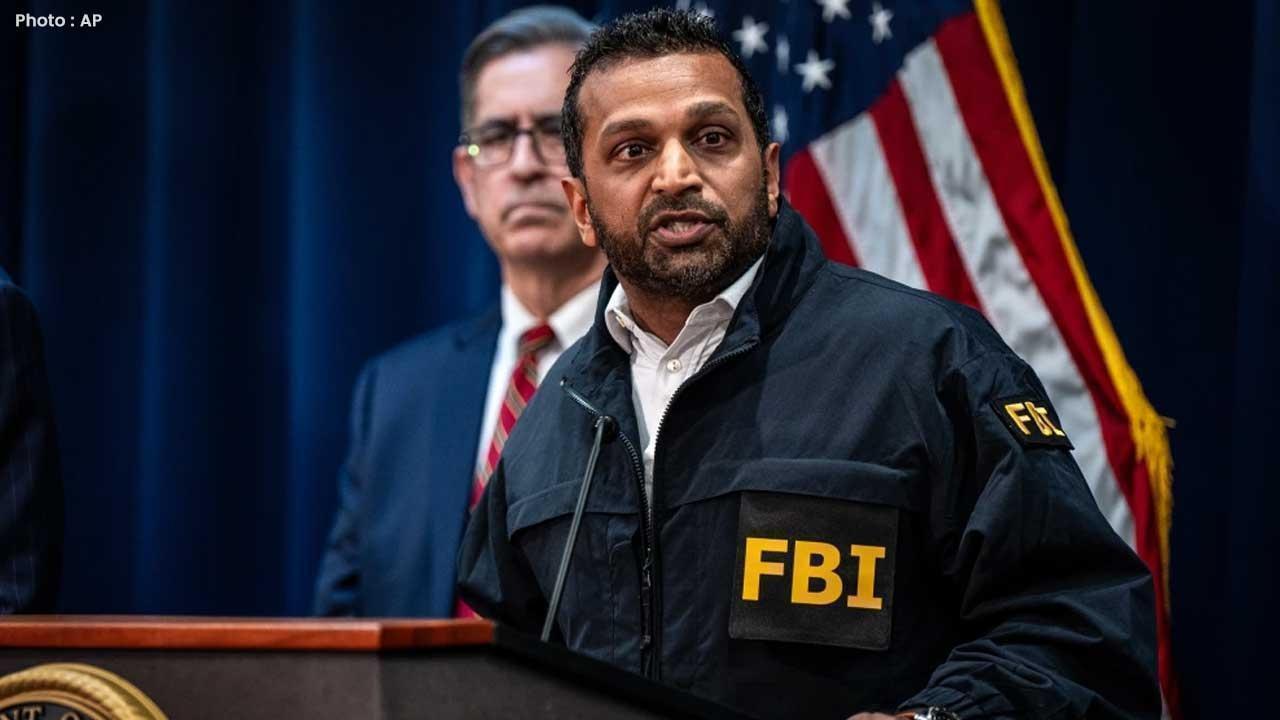

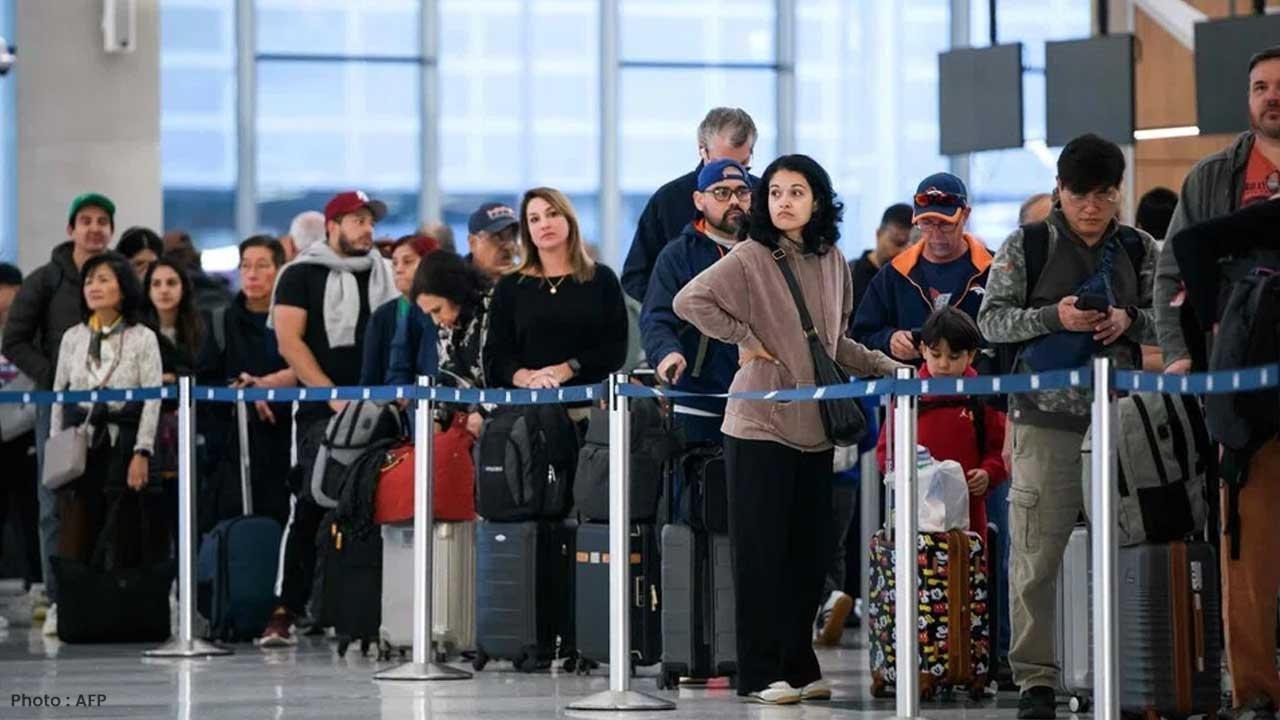
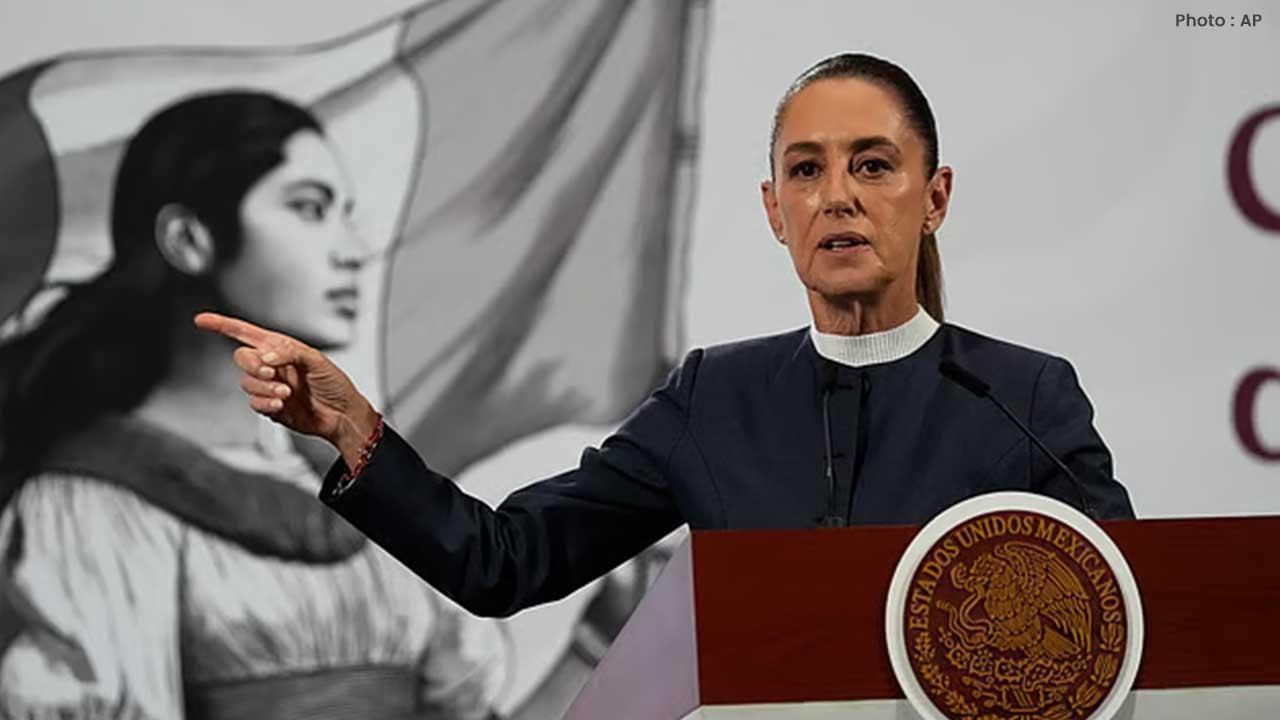
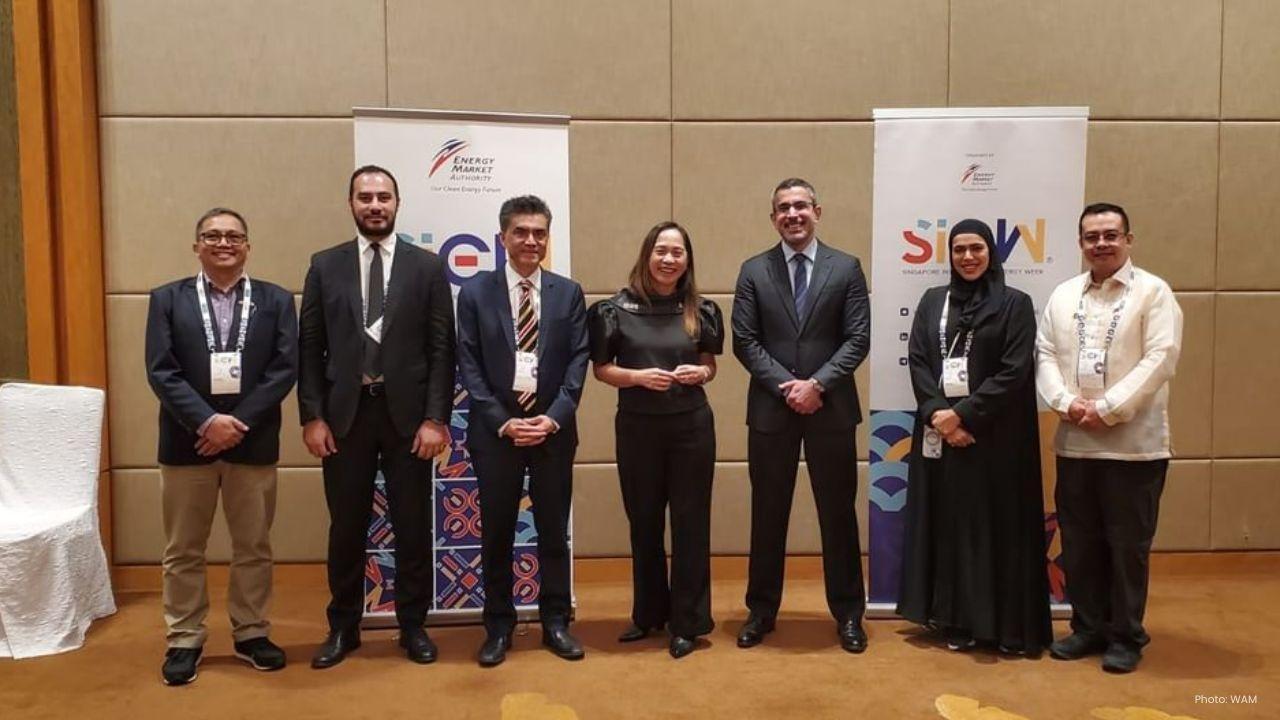


Zohran Mamdani Clinches NYC Mayoral Seat as Victory Speech Blends Politics and Bollywood
Zohran Mamdani won New York City's mayoral race, becoming the city's first Muslim and South Asian ma

India Wins First Women’s World Cup 2025 Title
India lifts its maiden Women’s World Cup 2025 title! Harmanpreet Kaur’s team stuns South Africa in a

Manuel Frederick, 1972 Olympic Bronze Goalkeeper, Dies at 78
Manuel Frederick, a member of India’s 1972 Olympic bronze hockey team, has died in Bengaluru at 78 a

Muhammad Hamza Raja Wins IFBB Pro Card Puts Pakistan & UAE on Global Stage
Pakistani bodybuilder Muhammad Hamza Raja earns IFBB Pro Card in Czech Republic, showcasing Dubai’s

Shreyas Iyer’s Recovery Underway After Spleen Laceration in Sydney ODI
Shreyas Iyer is recovering after a spleen laceration sustained while taking a catch in the Sydney OD

Qatar Ready to Host FIFA U-17 World Cup 2025 in Aspire
Qatar confirms full readiness to host the FIFA U-17 World Cup 2025 from November 3–27, with world-cl